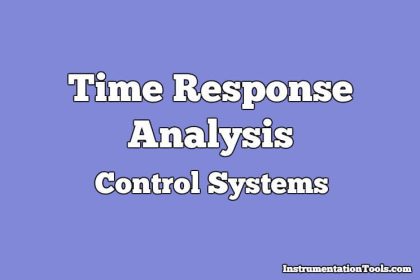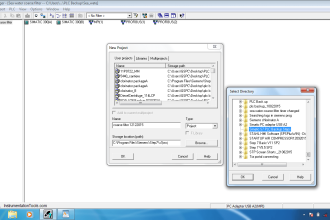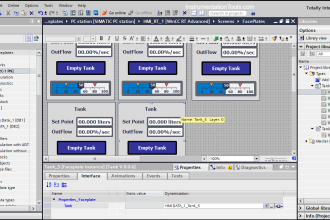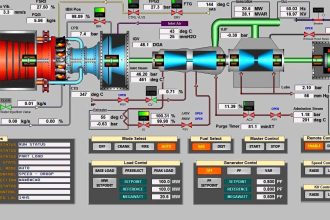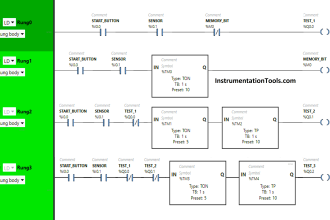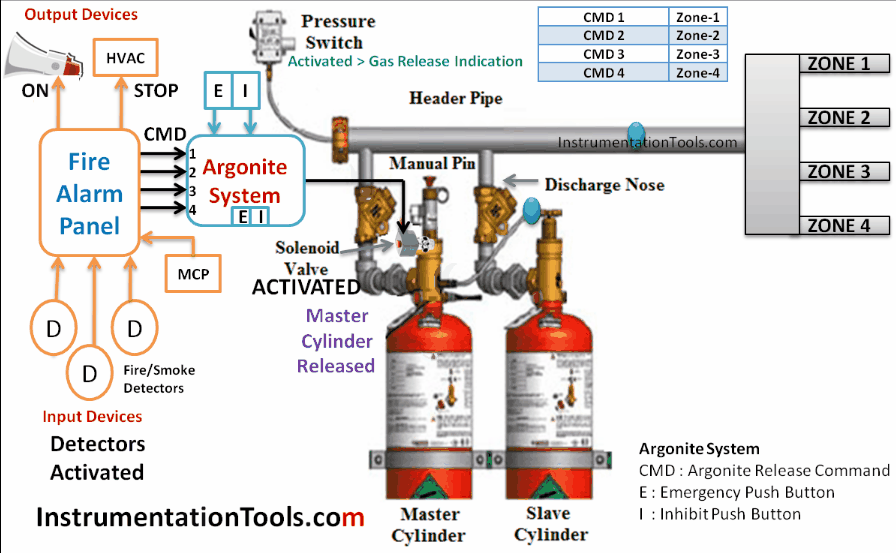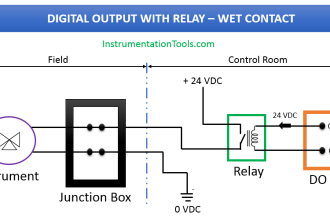Electrochemical Methods for Oxygen Analysis Questions & Answers
1. Which of the following is not true about the galvanic method of oxygen analysis?
a) Electrodes are composed of noble and base metals
b) It can measure dissolved content of oxygen
c) Its principle is based on electrolysis
d) It utilizes an electronic cell
Answer: c
Explanation: Galvanic method of oxygen analysis is based on the reverse of electrolysis. In this method, the electrical current developed is related to the rate of oxygen uptake by the cell.
2. Which of the following is true about Hersch cell which is one of the arrangements of the galvanic cell?
a) Cell is spherical in shape
b) Cathode is made of porous material
c) Cathode is placed centrally
d) Cathode is formed by gauze which surrounds the anode
Answer: d
Explanation: In Hersch cell, the cell is cylindrical in shape. An anode is placed centrally and is made of porous material. The cathode is formed by gauze which surrounds the anode.
3. Polarographic cells type of electrochemical method uses which of the following concepts?
a) Cyclic reactions
b) Exothermic reactions
c) Reversible reactions
d) Redox reactions
Answer: d
Explanation: Polarographic cells type of electrochemical method uses redox reactions. It is used to measure the partial pressure of percentage of oxygen.
4. Which of the following methods, is the widely used method for trace gas analysis?
a) Galvanic methods
b) Conductometric method
c) Polarographic cells
d) Thermal conductivity method
Answer: b
Explanation: Conductometric method is the widely used method for trace gas analysis. This method is very convenient.
5. In the conductometric method, the difference in gas conductivity before and after passing sample gas denotes which of the following?
a) Efficiency of the cell
b) Quantity of reagent
c) Concentration of gas
d) Density of the reagent
Answer: c
Explanation: In the conductometric method, the difference in gas conductivity before and after passing sample gas denotes the concentration of gas. The sample gas is passed through the liquid reagent.
6. The conductometric method is not very suitable for measuring traces of which of the following gases in ppb range?
a) H2S
b) SO2
c) NH3
d) CO
Answer: d
Explanation: Conductometric method is not very suitable for measuring traces of CO. It is suitable for measuring traces of H2O.
7. Polarographic cells are not sensitive to which of the following gases?
a) Carbon monoxide
b) Carbon dioxide
c) Nitrous oxide
d) Oxygen
Answer: a
Explanation: Polarographic cells are not sensitive to carbon monoxide. They show 0.1% error while measuring oxygen.
8. In polarographic cell when potential is applied, oxygen is reduced at __________ when KCl is present.
a) Anode
b) Cathode
c) Electrolyte
d) Both the electrode
Answer: b
Explanation: In polarographic cell when potential is applied, oxygen is reduced at the cathode. Reduction reactions take place at the cathode. KCl is the electrolyte.
9. Polarographic cells are used to measure the partial pressure of gases only in static gas monitoring systems and not in continuous streams.
a) True
b) False
Answer: b
Explanation: Polarographic cells are not used to measure the partial pressure of gases in static gas monitoring systems alone. They can also be used for measuring the partial pressure of gases in continuous samples and injected samples.
10. Polarographic cells used for measuring the partial pressure of oxygen are temperature-sensitive.
a) True
b) False
Answer: a
Explanation: Polarographic cells used for measuring the partial pressure of oxygen are temperature-sensitive. This is because of diffusion coefficient changes with temperature.







